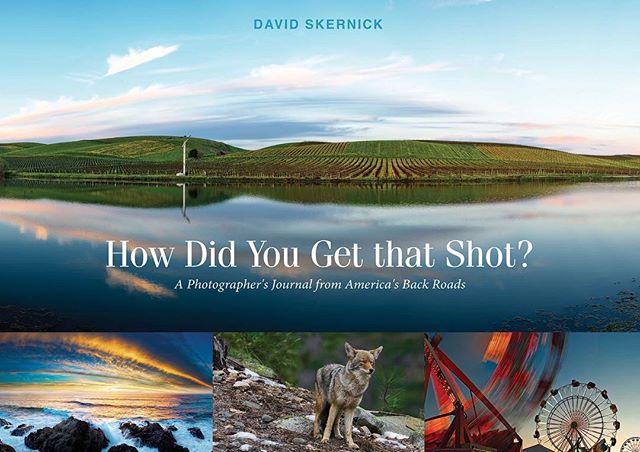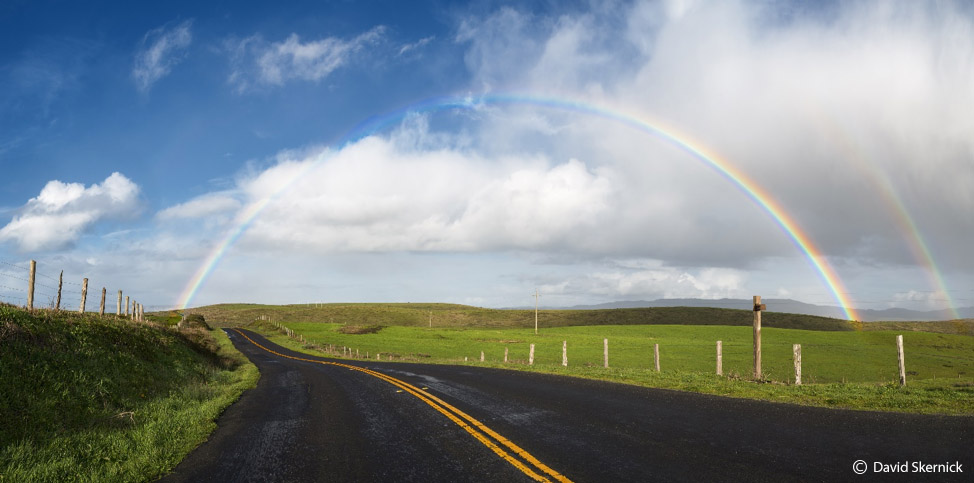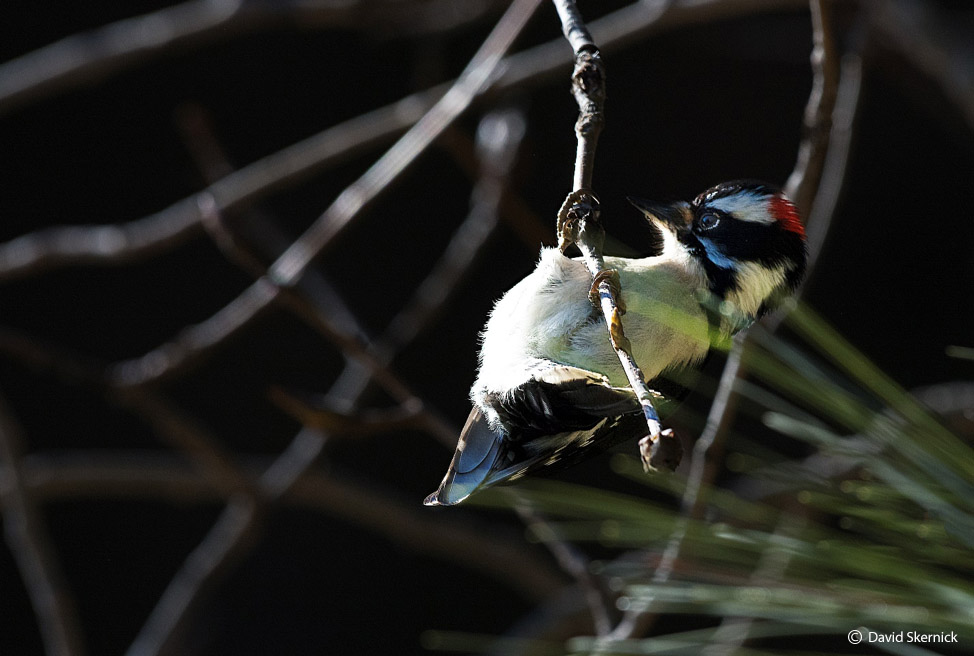How Did You Get That Shot?
 Buy the Book: Amazon, Barnes & Noble, Books-A-Million, Bookshop, Schiffer Books
Buy the Book: Amazon, Barnes & Noble, Books-A-Million, Bookshop, Schiffer BooksTitle: How Did You Get That Shot?: A Photographer's Journal from America's Back Roads
Published by: Schiffer Books
Release Date: May 28, 2019
ISBN13: 978-0764357282
Overview
This book is for those people who want to know the stories behind the photos. It is meant for the more serious photographer who is interested in knowing the technical and compositional choices that I made and the reasons why I made them. I’m not saying that I chose the best or only way to render these images. I only claim to have been intentional to my own vision and am willing to share what I did if anyone would care to know.
Come along for the ride as I show you what I found and why I made the photographic choices I made. We might find some unusual places, meet some interesting people or find some terrific things to eat along the way.

Rainbow, Sir Francis Drake Road, Point Reyes National Seashore
Weather: Let’s talk about rainbows. For a rainbow to appear, the sun needs to be low in the sky, so early or late in the day are equally good. Winter months are better because the sun is generally lower for longer periods. It has to be raining, and the sun has to be out of the clouds. The brighter the sun, the brighter the rainbow colors. The rainbow will be 180 degrees from the sun. In other words, put the sun at your back and you should see the rainbow. Most are doubles if the sun is bright enough and if there is enough rain for it to refract through. A physicist or meteorologist might find fault with my explanation, but I guarantee that if you follow this advice, you will find rainbows!
Camera setting: No special settings are needed for shooting rainbows. Consider that you are probably shooting a vast area and therefore need an f/stop small enough to render all of it in focus. If you are using a wide-angle lens, f/11 should give you enough depth of field to capture the entire rainbow in focus. Shutter speeds don’t effect rainbows, but keep in mind that you will be excited. If you’re not using a tripod, make sure your speed is fast enough to hide your camera shake. Rainbows don’t last long. Take your shot, then check your settings and get a better shot. This is good advice for any action shot.
Special gadget: No filters are needed for a great rainbow shot. A polarizing filter may enhance the colors if you are looking up at the rainbow, but be careful—a polarizer may diminish the colors if it’s set the wrong way.
 Acorn Woodpecker
Acorn Woodpecker
Location: With my students looking for another view of the Merced River, I stopped at the spot where a quick trail would get them down to the riverbank. In their excitement, they all ran down the trail, leaving their cars unlocked. I wasn’t sure they had the keys, so, like a good leader, I stayed with the cars. I was circling the area when I spotted this baby woodpecker. I stood only six feet away taking photo after photo while he spun around and around on the branch for a full ten minutes. Then he took off into the trees.
Camera setting: I chose f/8 because I was so close to my subject. I wanted to be sure to have enough depth of field to get the bird and the branch he was swinging on nice and clear. Remember, the closer you are, the shallower your depth of field will be. I was also using a 500mm lens, which limited my focus range. To get my shutter speed up to 1/1000, I had to raise my ISO to 1400. This time I couldn’t risk a slower shutter speed. If there was noise, I could live with it.